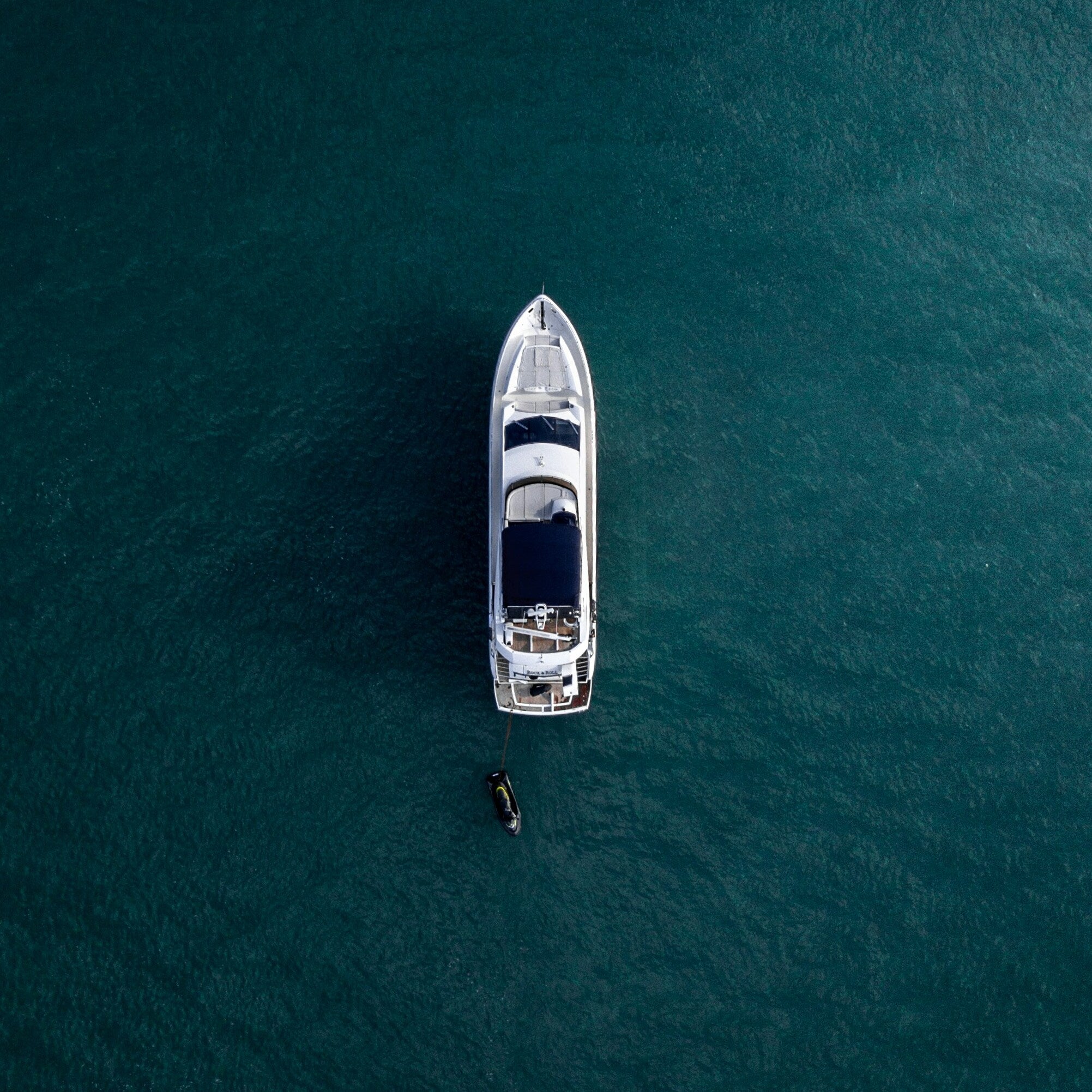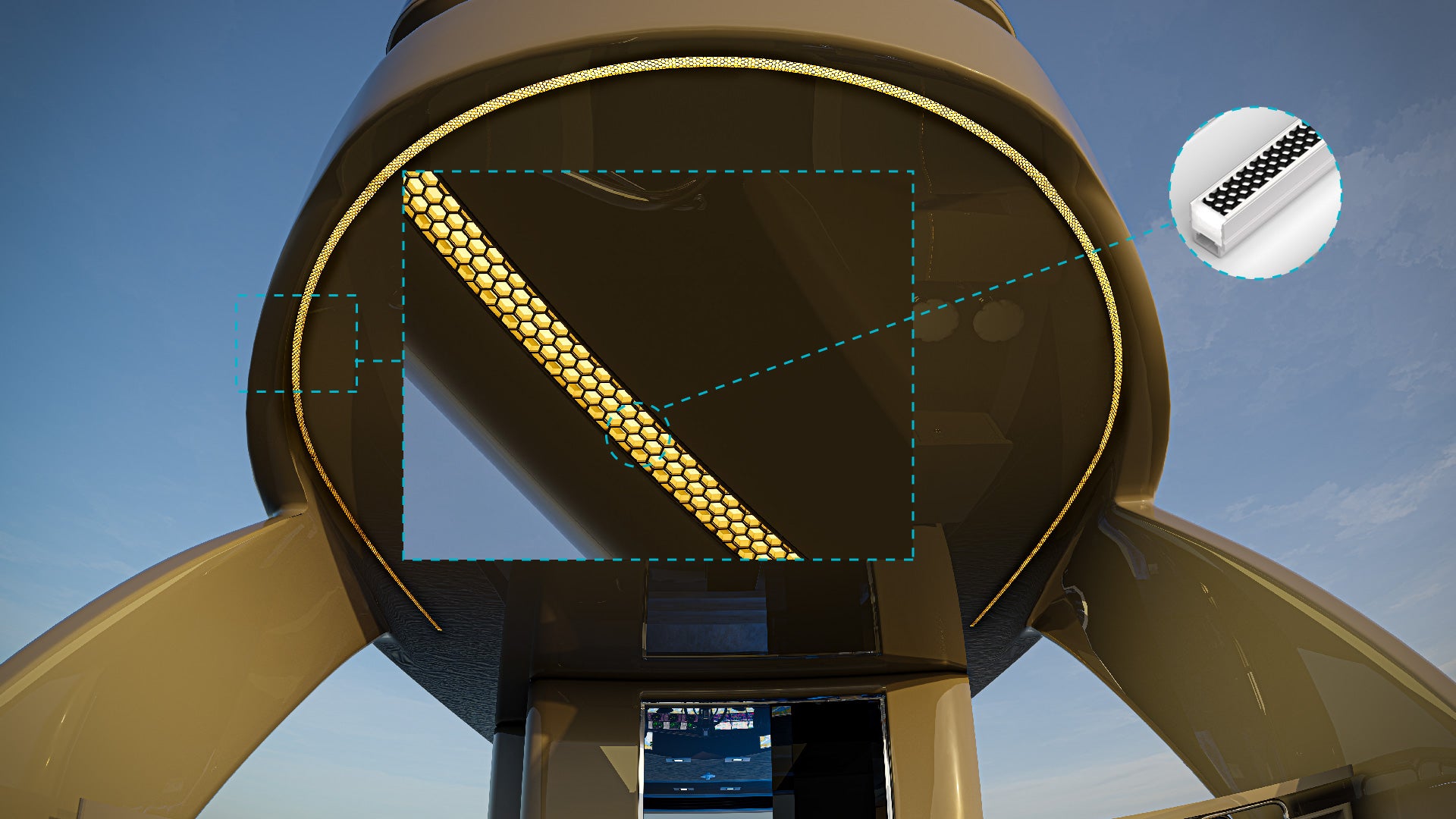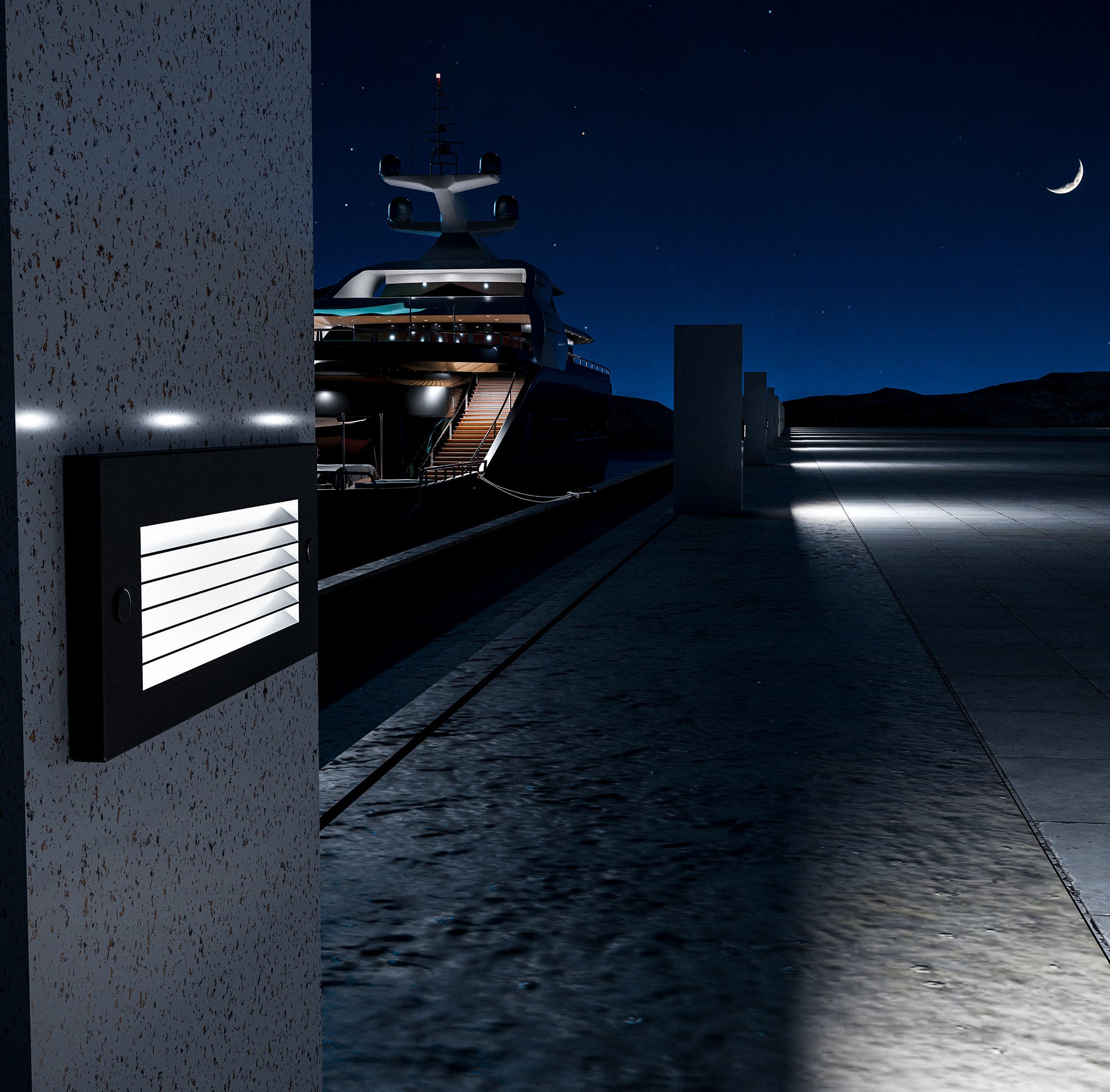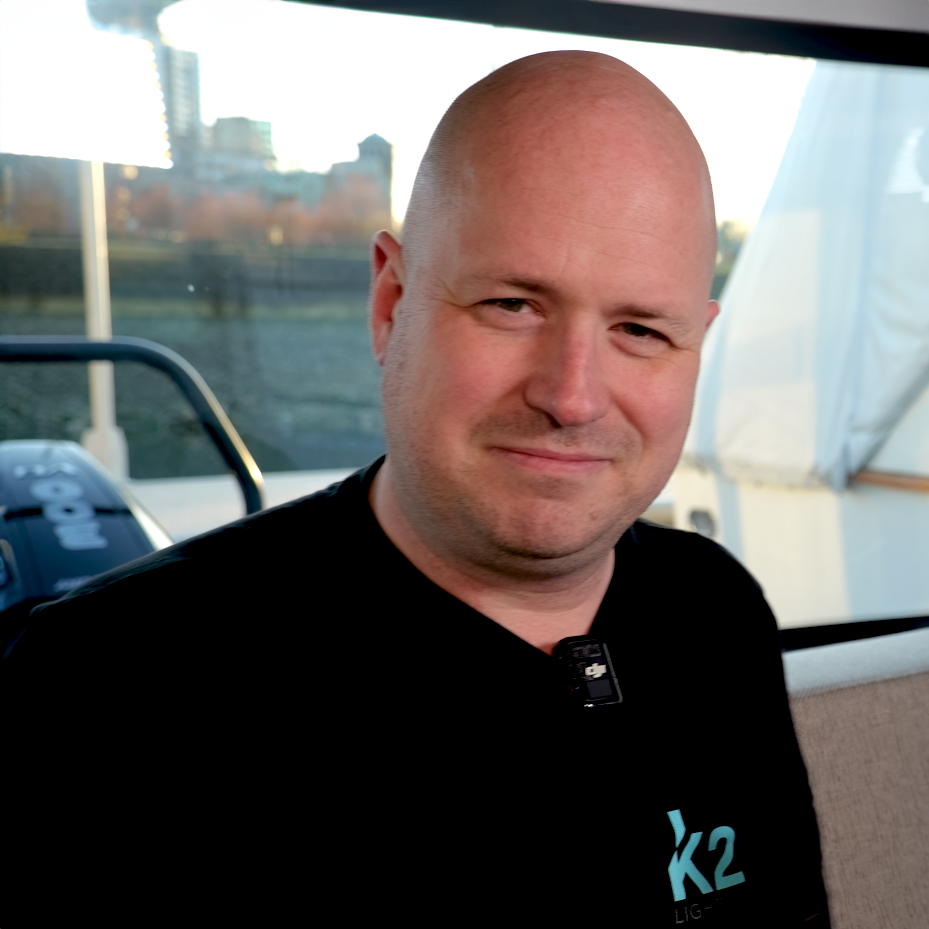LED lighting technology offers substantial advantages for yacht owners, primarily focusing on efficiency and aesthetic enhancements. Upgrading to LED not only ensures significant energy savings but also elevates the visual appeal of your yacht, both internally and externally. As the market for marine lighting solutions expands, selecting a knowledgeable and experienced provider becomes crucial. This guide will explore the myriad benefits of LED lighting and conclude with recommendations for trusted experts in the field.
Understanding Marine LED Lighting
Light Emitting Diodes (LEDs) represent a revolution in lighting technology compared to traditional incandescent and halogen bulbs. LEDs operate by passing an electrical current through a semiconductor material, which lights up the diodes. The process is highly efficient, converting a larger portion of energy into light rather than heat.
LEDs stand out for their longevity and energy efficiency. Typically, an LED bulb can last up to 25,000 hours or more, significantly outperforming traditional bulbs. This durability makes LEDs particularly suitable for maritime environments, where replacing lighting fixtures frequently can be cumbersome and costly. Additionally, LEDs consume substantially less power, which can reduce the energy costs associated with running a yacht.
Marine LED lighting offers extensive customization options. They come in a range of colors and brightness levels, allowing yacht owners to tailor lighting schemes to fit specific moods or functional needs. This versatility is enhanced by the ability to integrate dimming systems, enabling precise control over light intensity and energy usage without sacrificing style or ambiance.
Why Upgrade to LED Lighting on Your Yacht?
Upgrading to LED lighting on your yacht is not just a stylistic choice—it’s a strategic one. Here are the detailed benefits that make LED lighting an essential upgrade for modern yachting:
Energy Efficiency
LEDs are exceptionally energy efficient, using up to 75% less energy than traditional incandescent bulbs and significantly less than halogen bulbs. This substantial reduction in energy consumption can lead to decreased operating costs and a lower environmental impact. For yacht owners, this means longer periods of enjoyment on the water without the need for frequent refueling stops, contributing to both cost savings and enhanced operational efficiency.
Durability
The resilience of LED lights in tough conditions makes them ideally suited for the maritime environment. Unlike traditional bulbs, LEDs are resistant to shock and vibration, crucial attributes when navigating through choppy waters. This robustness not only ensures a longer lifespan for the lighting systems but also decreases the likelihood of frequent replacements, reducing maintenance costs and effort.
Safety Improvements
LEDs contribute significantly to safety on board. They emit very little heat compared to incandescent and halogen bulbs, minimizing the risk of burns or fires, which is essential in the confined spaces of a yacht. Additionally, the reliability of LED lighting ensures that critical areas of the yacht are always well-lit, which is vital for night sailing and emergency situations.
Enhanced Ambiance
One of the most appealing features of LED lighting is its adaptability. LEDs offer a wide range of colors and brightness levels, enabling yacht owners to customize their lighting to fit specific themes or desired atmospheres. Whether you’re hosting a social event or seeking a calm ambiance for a quiet evening cruise, LEDs can be adjusted to suit any mood. The ability to control these settings often comes with innovative digital systems, allowing for easy adjustments from anywhere on the yacht.
Assessing Your Current Lighting Setup
Before upgrading to LED lighting, it is crucial to evaluate your existing yacht lighting system comprehensively. This assessment will help you identify the specific areas that require improvement and potential enhancements that could benefit from the transition to LED technology.
Review Current Lighting Efficiency
Start by examining the energy efficiency of your current lighting setup. Look at the wattage of bulbs used throughout your yacht and note areas where excessive power consumption occurs.
Inspect Condition and Performance
Check the physical condition and performance of your current lighting fixtures. Are there frequent failures or dimming issues? Such problems indicate that your current system is not only inefficient but potentially unreliable.
Identify Areas for Enhancement
Pinpoint locations on your yacht where improved lighting could enhance functionality or aesthetics. Consider areas like the deck, cabins, galley, and navigation areas where better lighting could enhance safety, utility, and ambiance.
Evaluate Safety Aspects
Assess the heat emissions from your current lights, especially in confined spaces, as these can pose fire risks. Note any previous incidents related to lighting or areas feeling excessively warm due to light fixtures.
Consider Aesthetic Preferences
Reflect on the aesthetic aspects of your current lighting. Are there spaces on your yacht that could benefit from mood lighting or color changes? LED technology offers flexibility in lighting design that could significantly boost the visual appeal of these areas.
Planning Your LED Upgrade
Upgrading to LED lighting involves careful planning to ensure optimal results in terms of illumination, energy efficiency, and aesthetic enhancement. Here’s a step-by-step guide to planning your LED upgrade:
Consultation with Lighting Experts
Engage with lighting experts who specialize in marine environments. These professionals can provide valuable insights into the types of LED products that best suit your needs and the specific challenges of yacht lighting.
Choosing the Right LED Products
Select LED lights based on their luminosity, energy consumption, durability, and compatibility with marine environments. Consider factors such as color temperature, which affects the light's color appearance, and Color Rendering Index (CRI), which influences how colors look under the light.
Designing for Optimal Illumination
Work with your consultant to design a lighting scheme that optimizes the distribution of light across your yacht. Ensure that the design focuses on enhancing visibility where it's most needed, such as cooking areas and navigation spaces, while creating the desired ambiance in social areas.
Maintaining Energy Efficiency
Plan your upgrade in a way that maximizes energy savings. This can include integrating sensors and dimmers that adjust lighting based on the time of day or the presence of people, further reducing energy consumption.
Professional Installation
Ensure that the installation is carried out by professionals experienced in marine lighting installations. Proper installation is key to maximizing the longevity and performance of your LED lighting.
Installation Considerations
Upgrading your yacht's lighting system to LED technology involves several key steps in the installation process. Proper installation is crucial to avoid common pitfalls and ensure the system's longevity and optimal performance. Here’s what to consider during the installation phase:
Overview of the Installation Process:
Preparation
Begin by carefully planning the installation process. This includes a detailed audit of your current wiring and power supply to ensure compatibility with the new LED fixtures.
Wiring Check
Inspect existing wiring for any signs of wear or damage, and upgrade wiring as necessary to handle LED specifications. This is crucial because faulty or inadequate wiring can lead to system failures or hazards.
Fixture Replacement
Remove the old lighting fixtures and install new LED units. This might involve retrofitting existing fixtures or installing completely new ones if the old system is incompatible.
Testing
Once installed, each LED light should be tested to confirm that it is working correctly and that there are no issues with dimming functions or color settings.
Importance of Professional Installation:
Avoiding Mistakes
Professional installers are familiar with the intricacies of marine electrical systems and can prevent common errors that might occur, such as incorrect wiring or poor fixture placement, which can affect performance and safety.
Ensuring Safety
Professionals will ensure that all safety norms are met, particularly concerning waterproofing and shock protection, which are critical in the marine environment.
Warranty and Support
Using professional services often comes with the benefit of warranty protections for the installation and ongoing support for maintenance.
Maintenance Tips to Ensure Longevity and Performance of LED Lights:
Regular Cleaning
Keep LED fixtures clean from salt and other residues that can corrode or damage the lights. Use gentle, appropriate cleaning agents to avoid harming the LED surfaces.
Visual Inspections
Regularly inspect LED lights for signs of damage or failure. Early detection of issues like moisture ingress or fixture loosening can prevent more significant problems down the line.
Check Connections
Periodically check electrical connections for signs of corrosion, especially in a saltwater environment, which can lead to poor performance and safety risks.
Update Settings
As LED technology evolves, firmware updates may be available for digital lighting systems. Keep your system updated to ensure you are using the most energy-efficient and effective lighting modes
Choosing the Right LED Lighting Partner
Selecting a competent LED lighting provider is critical to ensuring a successful upgrade of your yacht's lighting system. Here are essential factors to consider:
Expertise
Look for a provider with proven expertise in marine lighting. Their understanding of the unique challenges and requirements of yacht lighting ensures they can deliver solutions that are both effective and suitable for harsh marine environments.
Product Range
Choose a provider like K2 Lighting that offers a wide range of LED products. A diverse selection allows you to find the perfect lighting solutions that match your specific needs and preferences for different areas of your yacht.
Customer Service
Excellent customer service is crucial. A provider that offers strong support and service can help you with any issues during installation and maintenance. Additionally, look for companies that provide good warranty terms and after-sales support
Why K2 Lighting Stands Out in the Market
K2 Lighting excels in the marine lighting industry due to its specialized focus on LED technology for yachts. With a robust portfolio of cutting-edge products and a deep commitment to innovation, K2 Lighting is known for delivering high-quality solutions that enhance both the functionality and aesthetics of yacht interiors and exteriors.
Upgrading to LED lighting offers significant advantages for yacht owners, including enhanced energy efficiency, improved durability, increased safety, and superior ambiance customization. These benefits contribute not only to a better onboard experience but also to operational cost savings and environmental sustainability.
We encourage all yacht owners to consult with a lighting expert to understand the best LED solutions for their specific needs. Starting this upgrade process can transform your yacht into a more efficient, safe, and enjoyable environment.
About K2 Lighting
K2 Lighting is a leader in the field of marine LED lighting solutions, renowned for its expertise and extensive range of high-quality products designed specifically for yachting needs. Committed to customer satisfaction, K2 Lighting ensures that each client receives personalized attention and tailored solutions.
For more information or to schedule a consultation, visit K2 Lighting's website or contact our customer service team. Discover how K2 Lighting can illuminate your yacht with elegance and efficiency.





